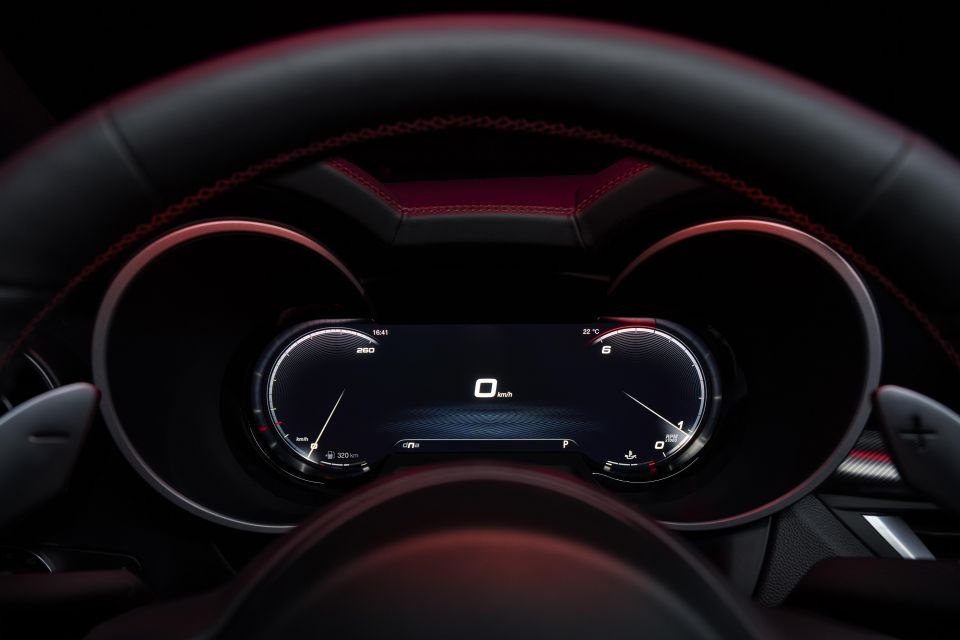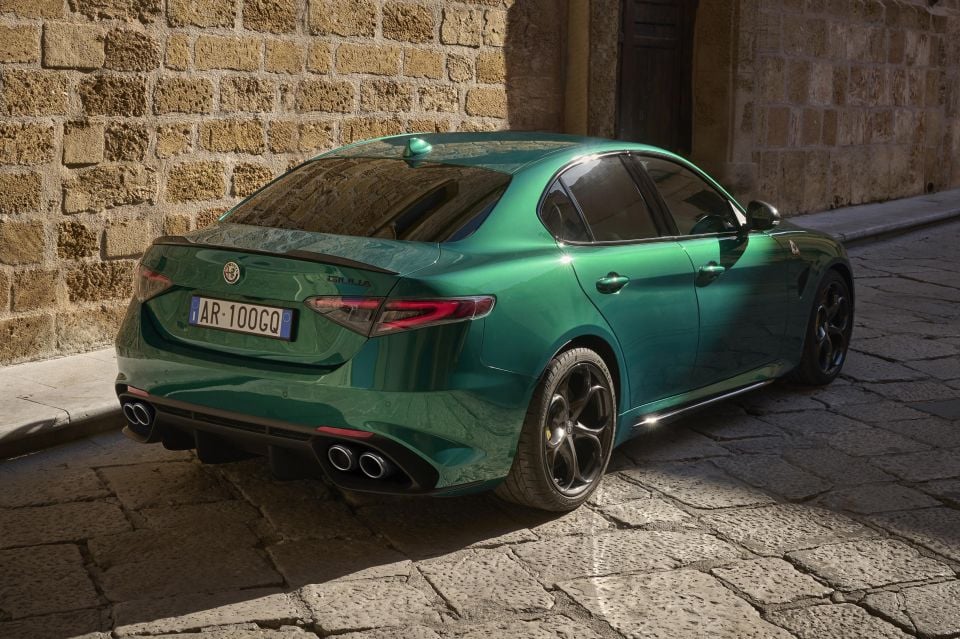

Max Davies
How Audi, BMW, Honda, Mercedes-Benz, and Suzuki started out in Australia, and where they are now
1 Hour Ago
The updated Alfa Romeo Giulia and Stelvio are both now approved to be sold in Australia. They're still due in the first half of 2023.

Contributor


Contributor
The facelifted Alfa Romeo Giulia sedan and Stelvio SUV have both been approved for sale in Australia.
Both of these models were first revealed in October last year, with a Stellantis Australia spokesperson saying they’re still on track for a launch in the first half of 2023.
Government approval documents seen by CarExpert list two variants for the Stelvio, and three for the Giulia though two appear to be identical.
There are what appears to be Stelvio Veloce and Quadrifolgio trims, whereas the Giulia has one Veloce and two Quadrifolgio trims. It’s unclear if the Giulia range will actually change from its current two-variant lineup with the update.

No mechanical changes have been made to the updated Giulia or Stelvio, with the existing engine range carrying over.
In Veloce guise they’re currently powered by a 2.0-litre turbocharged four-cylinder engine producing 206kW of power and 400Nm of torque.
Quadrifolgio versions are available of both, packing a 2.9-litre bi-turbo V6 engine with 375kW and 600Nm.
The Giulia models sold here currently are all rear-wheel drive, while both Stelvio models are all-wheel drive.

Both of these powertrains are listed in the government approval documents for the Giulia and Stelvio.
The most obvious change for this update are the new ‘3+3’ matrix LED headlights, replacing the old bi-xenon units.
The LED daytime running lights give these the look of having three segments, tying them in with no only the Tonale but also classic Alfas like the SZ Zagato, 159, and Brera.
The headlights also feature dynamic indicators, and welcome/goodbye animations. There’s also a restyled grille and refreshed air intakes.

At the back the changes to the LED tail lights aren’t as dramatic. The graphics are largely the same, though the Giulia’s lights are smoked with gloss black surrounds while the Stelvio’s have a transparent finish.
Inside, the Giulia and Stelvio have received a 12.3-inch digital instrument cluster like the Tonale though Alfa Romeo – which has said it doesn’t want its interiors to be dominated by screens – has given its clusters a classic, analogue look.
It offers three different layouts: Evolved, Relax, and Heritage.

The only notable optional extra that was listed in the government approval documents for both the Stelvio and Giulia was a sunroof.
While the Giulia entered production in 2015 and the Stelvio in 2016, Alfa Romeo has said both models still have “some years left to run” before they’re replaced by new models, offering electric powertrains.
The company has committed to going EV-only by 2027.
MORE: Everything Alfa Romeo Giulia MORE: Everything Alfa Romeo Stelvio
Where expert car reviews meet expert car buying – CarExpert gives you trusted advice, personalised service and real savings on your next new car.
Jack Quick is an automotive journalist based in Melbourne. Jack studied journalism and photography at Deakin University in Burwood, and previously represented the university in dance nationally. In his spare time, he loves to pump Charli XCX and play a bit of Grand Theft Auto. He’s also the proud owner of a blue, manual 2020 Suzuki Jimny.


Max Davies
1 Hour Ago


William Stopford
1 Hour Ago


Derek Fung
2 Hours Ago


Max Davies
9 Hours Ago


William Stopford
1 Day Ago


Ben Zachariah
1 Day Ago